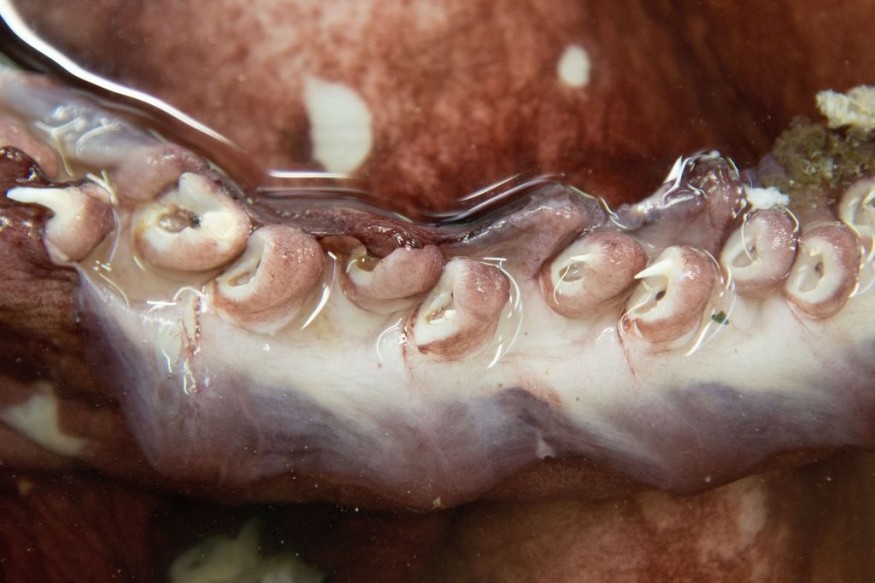
Scientists recently obtained a spectacular footage of a ghostly squid with massive, iridescent fins and weird elbow-like bends in its tentacles, during an excursion in the Gulf of Mexico.
According to a statement from NOAA Ocean Exploration, there have been less than 20 confirmed sightings of this deep-sea mollusk known as the big fin squid, also known as Magnapinna to date, and is the current encounter adds one more to the list.
The Discovery of Alien-Like Squid
On their recent Windows to the Deep 2021: Southeast ROV and Mapping excursion, scientists from the National Oceanic and Atmospheric Administration (NOAA) sighted the elusive squid during deep water areas in the Atlantic Ocean off the southeastern exploration.
The researchers saw a set of spindly blue appendages drifting by their remotely operated vehicle while shooting underwater near the West Florida Escarpment a steep slope in the seafloor that separates the shallow, the coastal waters from the deep Gulf of Mexico (ROV).
The camera pans around to reveal the big fin squid in all of its splendour, with its eight arms and two tentacles strewn behind it.
Quite identical to stingray fins flap, the specie's massive fins that goes from mantle and its main body, ripple softly in the water.
The squid's organs are held in the see-through mantle, which appear pale to be yellow and pink in the ROV's light.
As the big fin squid came into view, Mike Vecchione, a research zoologist with the NOAA Fisheries National Systematics Laboratory and the Smithsonian's National Museum of Natural History, was onshore watching the ROV film via satellite feed.
Huge Iridescent Fins
In a study in the South African Journal of Marine Science, experts from the University of Hawaii, Vecchione and Richard E. Young were the first to describe as the Magnapinnidae family of big fin squids in the year 1998.
While as per to the NOAA statement, three species of big fin squid have been described since then, but there may be more to uncover.
Vecchione instantly alerted the vehicle operators when the big fin squid appeared on the ROV channel through its statement explaining Magnapinna has all arms and tentacles just like spaghetti.
In the NOAA video footage, Vecchione can be heard saying, "The big fin squid holds all of its appendages out from its body, creating those unmistakable elbow-like dips that make its tentacles so recognizable."
In the press statement released by the officials, the squid was sighted swimming roughly 7,825 feet beneath to the ocean surface, however, the big fin squid have been spotted as deep as 15,535 feet in the past.
The cephalopods in the big fin family are found all across the world's deep ocean habitats, but it's uncertain how many there are in total because they're so rarely seen.
Scientists saw five of the squid near at the Great Australian Bight, a vast bay in South Australia, last year, marking the very first time any bigfin squid had been sighted in the Australian waters, according to the Live Science.
© 2025 NatureWorldNews.com All rights reserved. Do not reproduce without permission.





